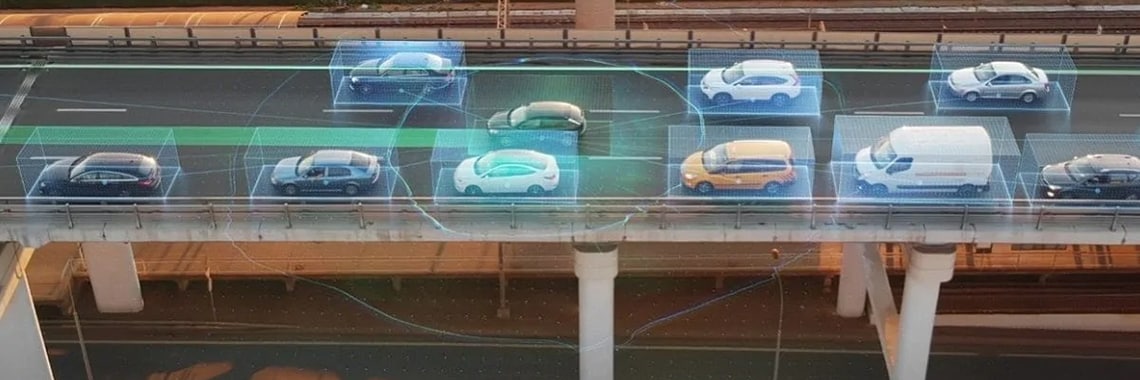Connected and increasingly autonomous vehicles offer those of us on the road a lot of benefits. But as cars become more electronic in nature and more like rolling computers, the role of safety becomes critical. How will a car respond when something goes wrong in its electronic system or in a single component? That’s what a specialized safety discipline called functional safety seeks to anticipate and protect against. This topic is the basis of our most recent NXP Smarter World Podcast, guest hosted by John Quain, automotive journalist and technology expert. John is joined by Gareth Price, functional safety manager at McLaren Applied and Franck Galtié, director automotive functional safety at NXP Semiconductors.
We all know about safety features like tire pressure monitoring systems and advanced driving assistance systems (ADAS), yet the type of safety that those in the semiconductor and system design industries undertake is little understood outside of a relatively small group of experts. These dedicated specialists help ensure that vehicles follow guidelines established by organizations such as the International Organization for Standardization and its ISO 26262 standard. They also help inform an overall safety approach.
As Gareth Price, functional safety manager at McLaren Applied recently shared in the recent podcast, “For me, it’s really about risk. It’s about quantifying the risk involved in the deployment of these new features that you mentioned. Basically, functional safety is a business of producing these automotive components or products that are free from unreasonable residual risk, functional safety is a term that we use to quantify what we mean by risk. As you said, that risk can be associated with anything from gearboxes to cruise control systems.”
The role and implications of safety span the automotive design ecosystem and impact everything from simple automotive components to complex system design and even the very frontier of safety applications powered by artificial intelligence. But as Franck notes, it isn’t as easy as it seems.
“One thing which is actually coming in the game is artificial intelligence. How can I manage a massive amount of data and analyze it quickly? Artificial intelligence seems to be the solution. Just it seems to be the solution because everybody says, “Yeah, great, neural network is great. It’s like a brain. So let’s just use it, then it’s going to be fine.” But actually, it’s not fine. At least from a safety perspective, we are not yet at the right level, I believe….”

